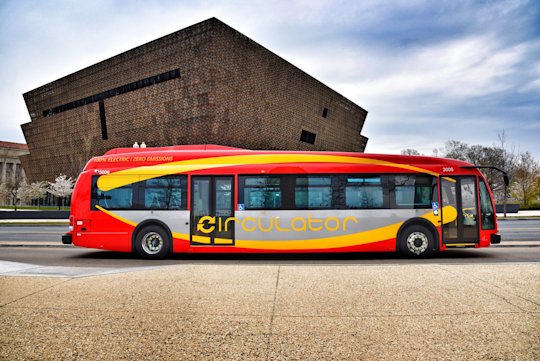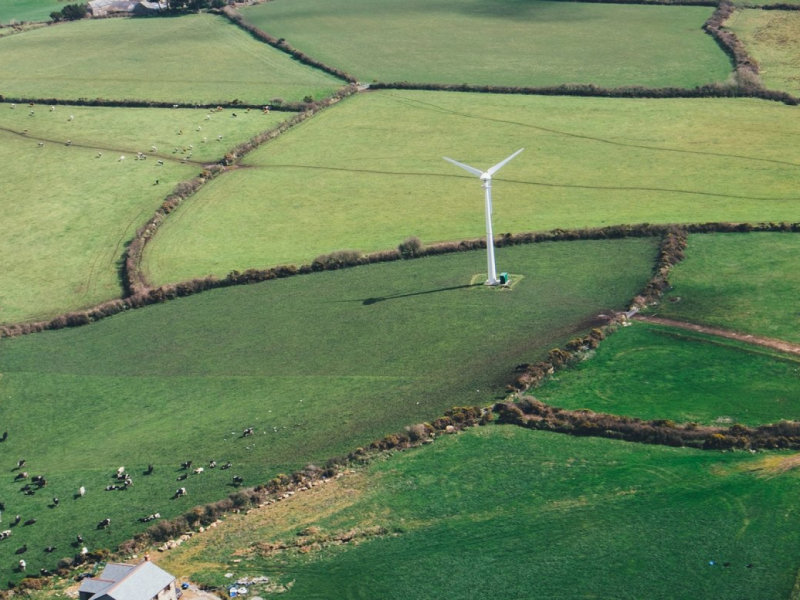After making the first Impact Investment in microcredit last year, the second project is now underway. Part of the Tomorrow customer deposits will in future finance a so-called “Green Bond” of the state of North Rhine-Westphalia.
What is a bond? A bond is an investment. Bonds are exchange-traded securities and can be purchased by private investors (such as you) or institutional investors (such as Tomorrow or our partner Solarisbank SE). Financial institutions (in this case, the development bank North Rhine-Westphalia, which issues the green bond) create capital in this way in order to refinance loans. In doing so, they must repay their creditors (in this case Tomorrow, or Solarisbank SE) the capital after expiry of a certain term together with interest.
What exactly does the NRW Green Bond do? The Green Bond is a financial product of the Förderbank NRW, which focuses exclusively on the refinancing of environmentally friendly projects that explicitly address the “Sustainable Development Goals” (SDG) of the United Nations. The bond will be launched for the seventh time in 2019 and has been able to finance numerous green initiatives in North Rhine-Westphalia in recent years. The objectives of the bond are, in particular, the expansion of renewable energies and the securing of clean drinking water. For example, with the funds of the bond, the renaturation of the Emscher has been implemented in the past, which has demonstrably created enormous ecological added value for the region.
How will the funds be used in the future? The portfolio of NRW Green Bonds is divided into four sections. The lion’s share (about two-thirds) of the bond’s total of € 500 million goes towards the expansion of renewable energies (SDG 2 & 7) in North Rhine-Westphalia. The focus is on the construction of wind turbines, and photovoltaic systems are also part of the portfolio.

Another important area of the green bond is the modernisation of public institutions (SDG 11 & 13). In favor of energy efficiency, for example, hospitals are being renovated by establishing systems for heat recovery. Also, loans to individuals who convert homes for improved resource use are part of the green bond. The fourth core area of the bond concerns locomotion. Clean Transport is a project that allows, for example, the use of electric busses or the construction of electric charging stations (SGD 13 & 11).

